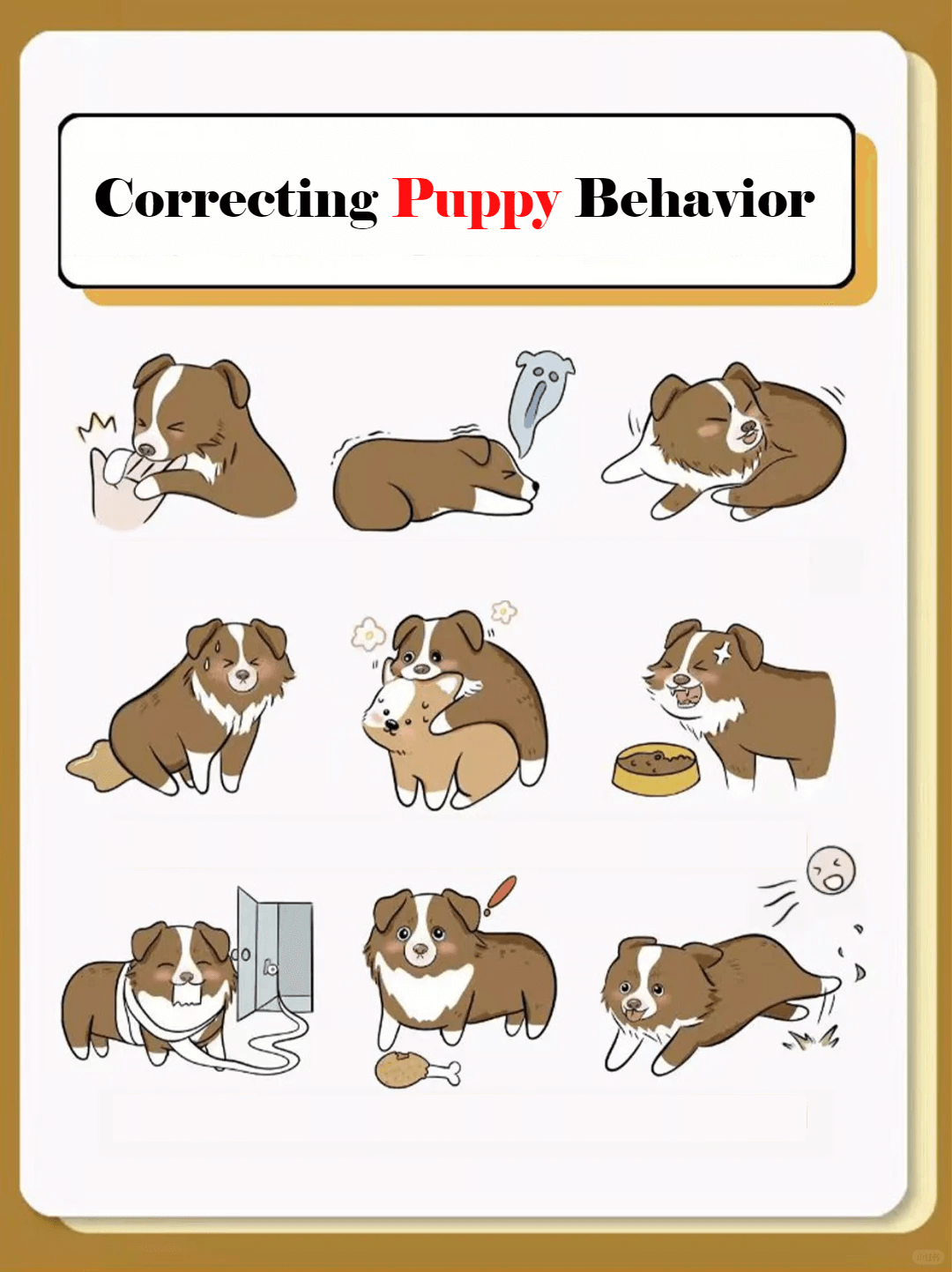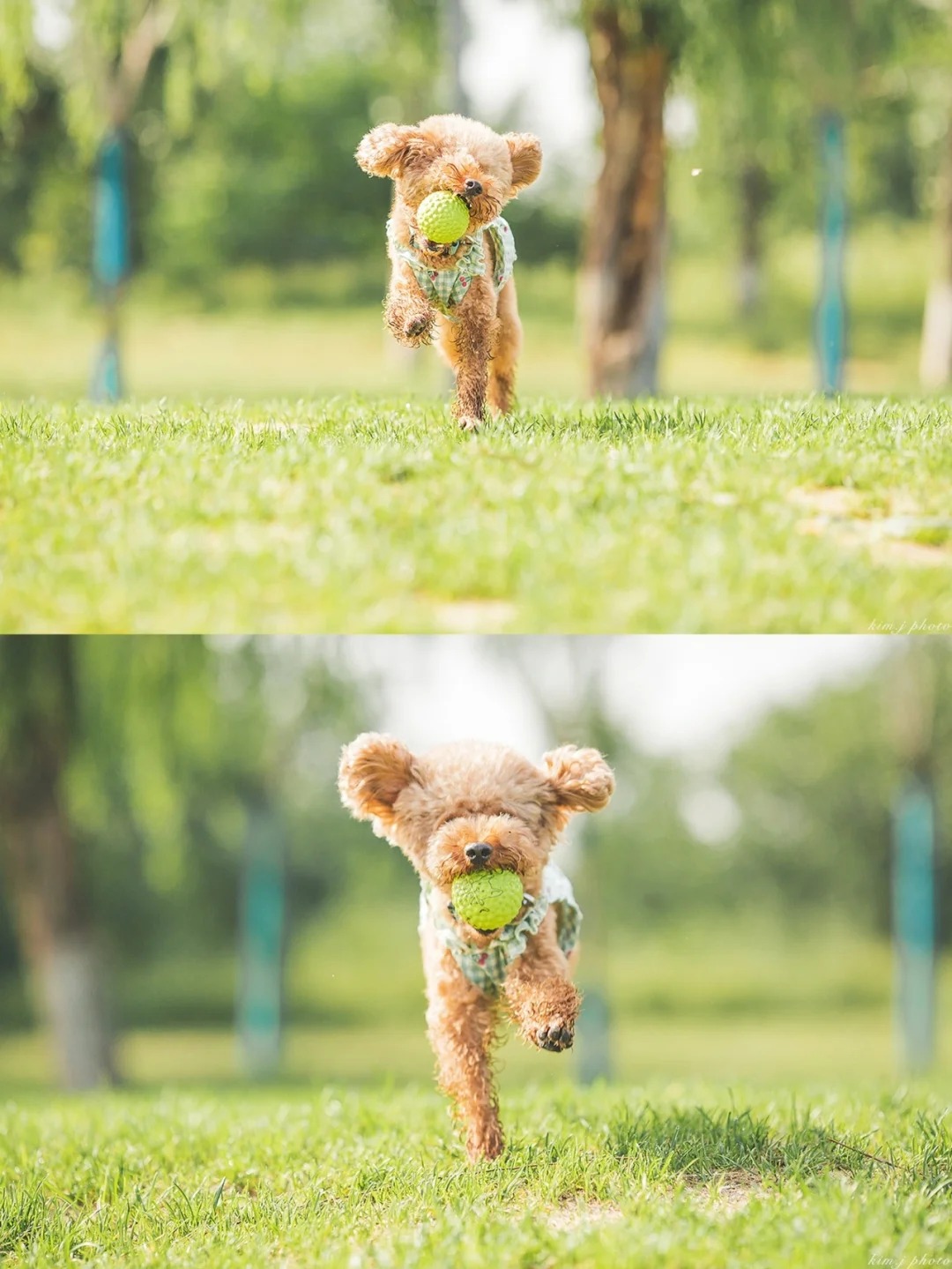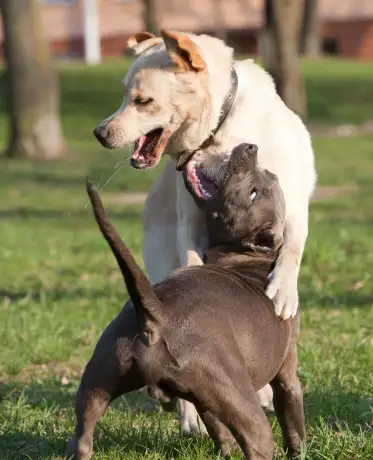**I often get asked questions like:** “My dog jumps and lunges at people and won't stop. How can I make him stop?” “As soon as we step outside, my dog gets overly excited and bolts. I can't get him to calmly wait and walk slowly. What should I do?”
In fact, these issues, while they involve complex factors such as breed, age, background events, and lifestyle arrangements, essentially point to one core issue: **"The dog's mindset."**
Excitement isn't necessarily bad. Living beings need excitement to respond to situations appropriately. For example, in sports, performances, battles, or even escaping danger, excitement is necessary. Without it, we wouldn't be in the right state to accomplish these tasks. This same principle applies to dogs; they need excitement to prepare for possible events.
**However, what happens if a dog remains excited for long periods?**
If a dog is constantly in an excited state, it can become stressed, raising its baseline stress levels. Next time it encounters a minor stimulus, it might push the dog past its threshold, making it difficult to accept human intervention and guidance. This makes it hard to calm them down and they're in a state where learning is difficult. So, addressing the initial questions isn't about giving commands or performing actions in the moment to change the dog's behavior. Instead, it's about the underlying work. Here are a few principles you can follow to gradually restore your dog's mental elasticity through daily attention:
1. **Avoid prolonged excitement for your dog.**
Avoid prolonged excitement whether it's playing with toys, running, chasing, or engaging in intense play with the owner. Don't keep the dog in this rhythm for ten minutes, thirty minutes, or even one to two hours continuously. Arrange rest periods intentionally, intervene to make the dog stop. Especially with intense activities, let the dog rest after two minutes to break out of the intense rhythm and allow its mindset to recover.
2. **Spend more time engaging in calm activities with your dog, with slow movements.**
Use slow body movements during interactions, allowing the dog more time to observe and think, slowing the pace down. By using slow actions during interactions, you create a habit of waiting and observing in your dog, promoting a calm mental state.
3. **Avoid high-intensity, high-excitement games.**
Some owners might think that high-energy dogs need intense exercise to burn off energy, and without it, they become harder to manage. While reasonable, it's better to avoid or optimize this approach. Instead of high-intensity exercise, focus on mental stimulation and longer, less intense activities. If intense activity is necessary, ensure there are rest breaks.
4. **Take every opportunity to guide your dog from excitement to calmness.**
Ideally, you should know this from when the dog is a puppy, allowing timely guidance. But if the opportunity was missed, anticipate and intervene before the dog becomes too excited. For instance, if your dog jumps when meeting people, pre-emptively use small obedience games (like "wait quietly for a treat") to calm its mindset before interaction.
5. **Master and practice communication methods with your dog, reinforcing them for effectiveness.**
Develop strong communication pathways with your dog through consistent practice. This ensures that your interventions are effective even when the dog is excited. If good communication habits aren't established, interventions will be less effective. Behavioral issues form over time and require time to change. Understanding the complexity of this process is crucial for truly solving these issues.




